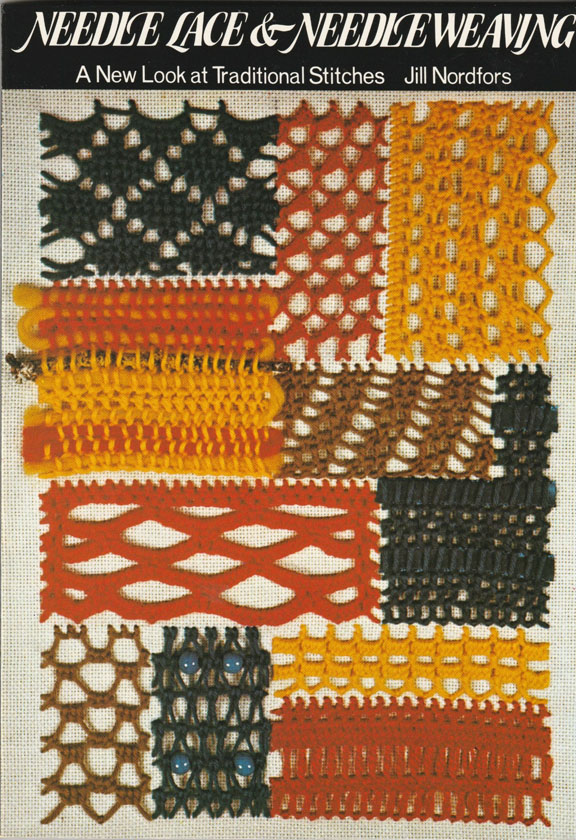Exotic Animals in Texas
This is the third part of my submission for the Nature Photo Challenge #28: Wild Animals.
In my first post on this topic, I explained about our two family properties in very different sections of Texas. This post will be talking about the second one, in the Hill Country of Central Texas.
In many areas of Texas that are too arid to raise any crops, large landowners have turned to hunting leases for an income source. Starting in the 1930s, ranchers imported animals from Africa and Asia. To this day, many ranches intentionally raise these exotic animals, but throughout the decades, some have escaped and started flourishing populations in the wild. Here are some of the exotic animals I have seen without going on safari myself. 🙂
In our own neighborhood of small ranchitas, we have Axis Deer (Axis axis), originally from India. They tend to stay in large groups, they are often out and about in daylight, and of course they show up on the game camera often.
We also have Aoudad (Ammotragus lervia), originally from North Africa. They are also called Barbary Sheep, but they are neither a sheep nor a goat; they are their own genus. Both sexes have horns, and they develop them at a young age.
About 20 minutes from our place, there is a big ranch that keeps all kinds of exotics. What usually happens is that on Sunday mornings when we are on our way back to East Texas, I notice some big animals in their pasture, and exclaim “What is that?!” and make my husband pull over. I jump out and take some pictures through the fence, and when I get home, I look them up. Over there I have seen Scimitar-horned Oryx (from Africa), Blackbuck Antelope (from India), Common Wildebeest (also from Africa), Fallow Deer (from the Mediterranean region), and Red Deer (from Europe, originally). I have written more about the Oryx here.
Until I get to travel more widely, I will enjoy the world’s wildlife right here at home. 🙂




















That must be very expensive to import those animals.
Yes, that would be interesting to know! Especially because it started in the 1930s. I know that some people would actually transport their cattle up to the Northwest US to eat their grass because they had already overgrazed West Texas, and that seems to me like it would never have paid for itself, but I don’t know of any accounts of ranchers deciding to turn to exotics instead of cows!
I looked it up in the book The Natural History of Texas, and that says that the first species was Nilgai Antelope, introduced in 1930. Even back then, they had to get permission from the state to bring them in! And imported animals also have to go into quarantine. All of that seems like it would make it very expensive.
Once they get here though, I think they do better here than in their home countries, because of the lack of natural predators. I know Wildebeest and Axis tend to have multiple offspring so maybe they quickly increase and offset that initial cost. Something to research!
My imagination takes me to visions of enormous herds of migratory Wildebeest as documented in the plains of Africa.
Great photos! I have seen several aoudads in various parts of Texas, including in some state parks. They are really competing with habitat space for the native species.
I saw them from a distance in the Christmas Mountains in 2008 — I never guessed that they would be so prevalent in my own neighborhood. They are beautiful but I know you are right, they are competition for the native species.
Marvellous captures!
i very much enjoyed your posts and photos about your properties and the animals on them. it must be such a beautiful thing to see nature up close and enjoy big skies. i want to experience that. thanks for a fascinating read!
Archer
I am glad you liked it! I was reading your posts about camera lenses and I admire your understanding of them! I have a bridge camera and I tell myself I am going to sit down and go through the manual, but I never have, I just do the easy thing and use the automatic settings, and then crop and fix the contrast with editing if I need to. 🙂
thank you! I have a bridge camera too that I use to snap pictures of the moon (it’s the Nikon one with the moving lens) : https://031ll1879.wordpress.com/2023/09/02/the-super-moon/ I love it that they have the auto function and that they can reach as far as they do.
in the same way as you, i admire your advanced knowledge of textiles. it’s a bit of an explanation but i love looking at the differences of styles between the Iroquois up here in the northeast and the Pueblo/Comanche in the west. I’m just discovering the fascinating differences. Most of all, I admire how you frame your study on history and moral being. I think that’s when a devotion to an art takes off in the best sense.
Hope you and your husband are having a great Friday!
Archer
Thank you so much, Archer, for your kind words!
Lovely series of three posts TextileRanger!
Thank you! I don’t plan to do that often, but it was a big topic! 🙂
Your love of animals comes shining through
Pingback: Your photos of Wild Animals – Denzil Nature